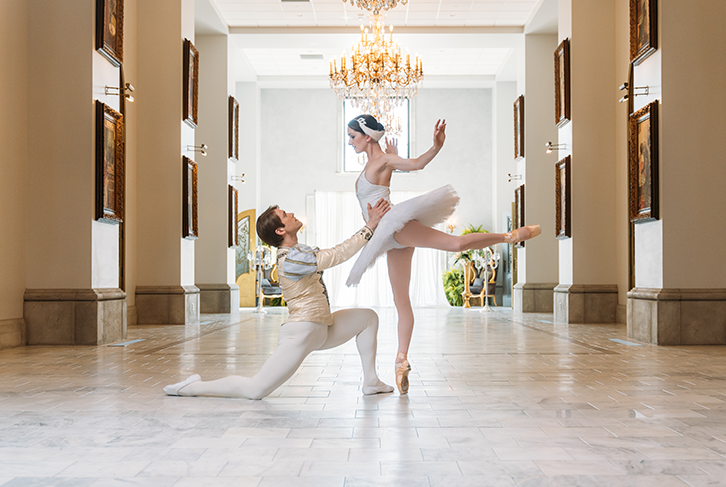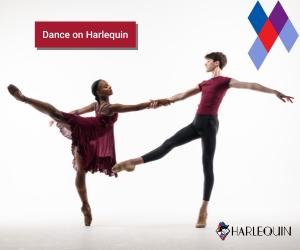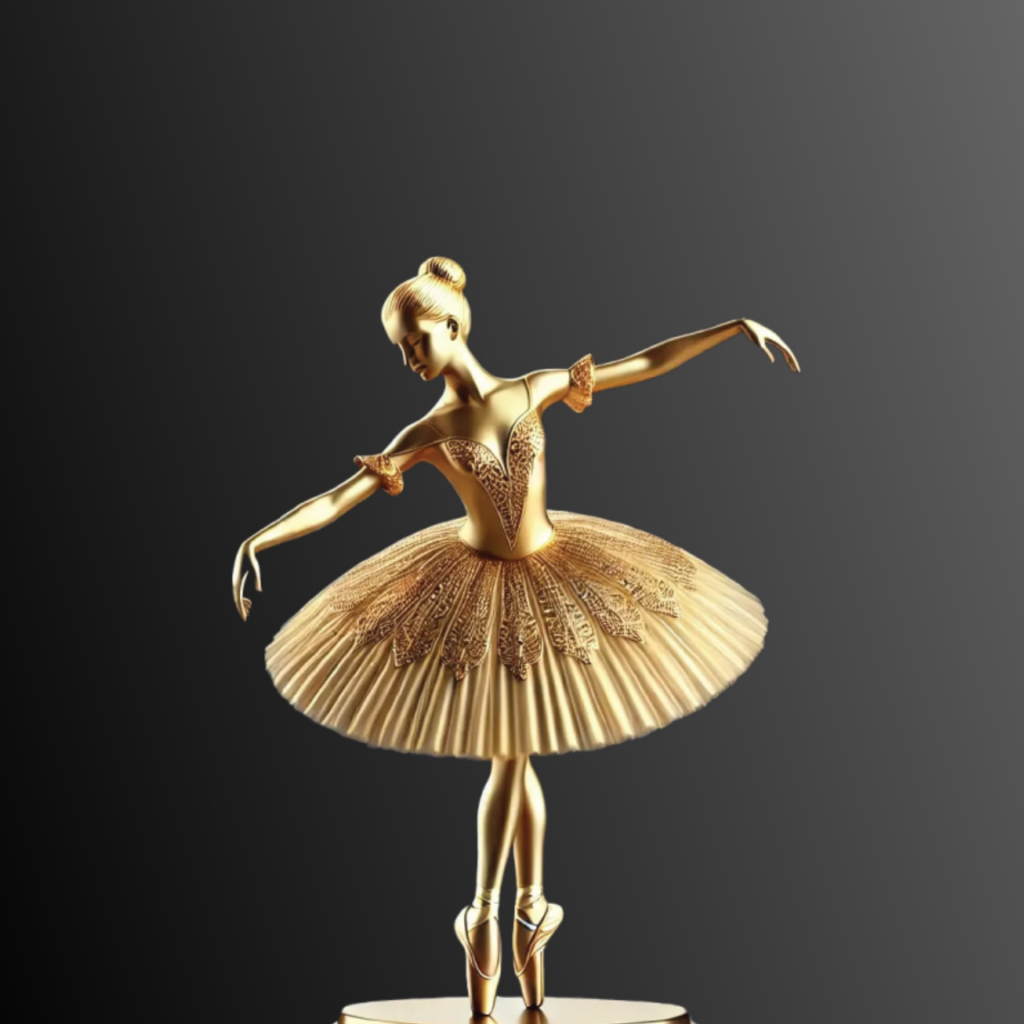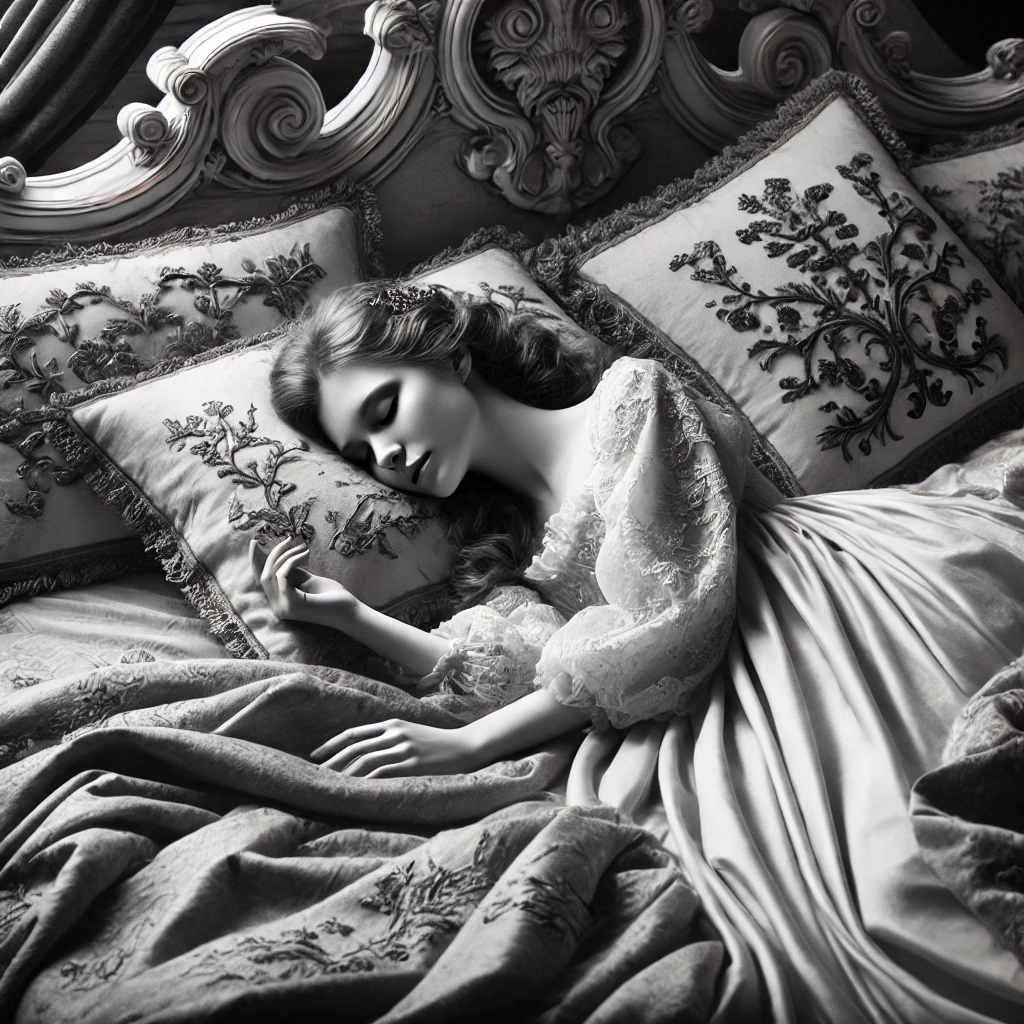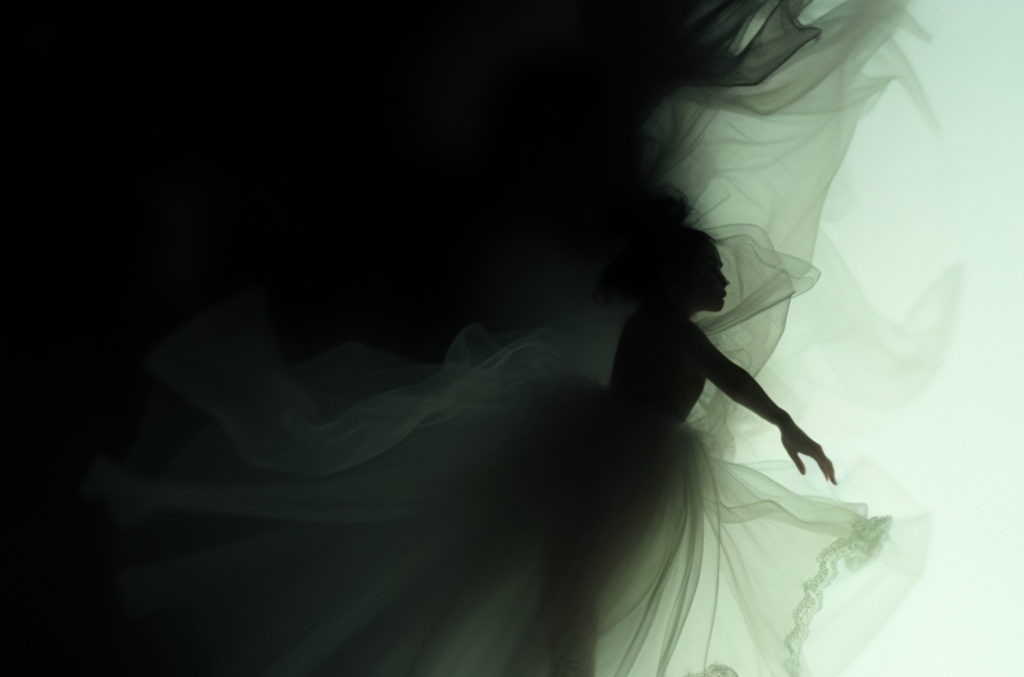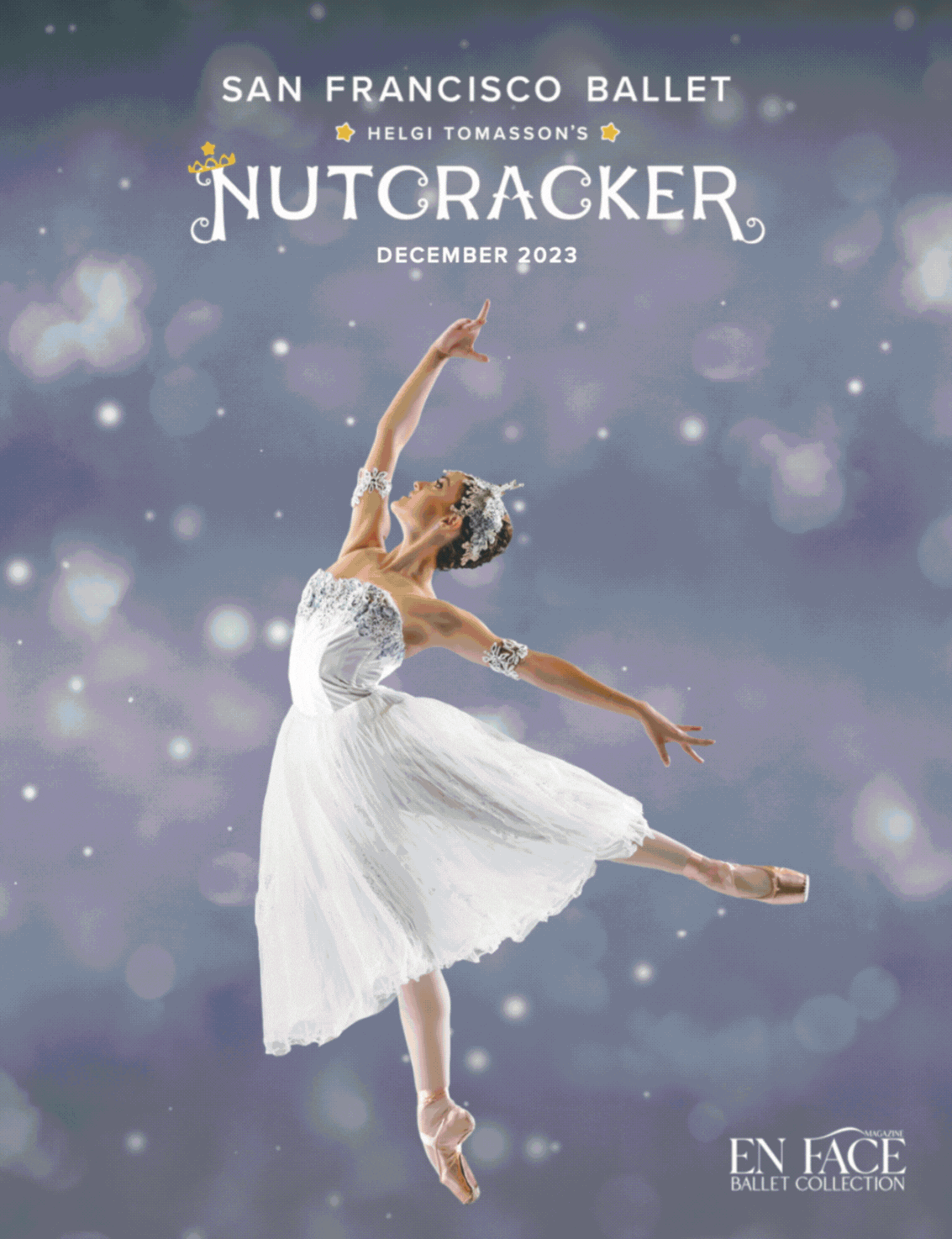
Image courtesy of Ballet Idaho.
by Cassie Mrozinski
Delicate. Ethereal. Fearful.
These words most likely come to mind when you think of the iconic ballet Swan Lake. Known for its powerful score by Tchaikovsky and its intricate staged lines of swan-maidens, one might naturally assume that because it is a ballet, and because they are graceful, delicate birds, that the swans in Swan Lake are just that. Delicate. Associate Artistic Director Anne Mueller isn’t having it.
Last summer, Mueller delved into former artistic director Peter Anastos’ historical notes on Swan Lake. “I’m not sure how many people know what an experienced dance historian and writer he is,” she says. “His research is excellent. And in reading his notes, I learned some things about Tchaikovsky and the writing of the score, in particular, that I hadn’t known before. Tchaikovsky had gone to see Wagner’s Ring Cycle. So then he has this Norse mythology in his head, and it’s clear that that opera affected his ideas for Swan Lake.”
Mueller, with Artistic Director Garrett Anderson, was just starting the process of creating the ballet for Ballet Idaho, when she heard about a book called Women Who Fly by Serinity Young, about the rich and centuries-long history of mythical flying women in cultures all over the world. A portion examines Valkyries (Norse female warrior deities) and the extensive connection they have to swans. Valkyries would often have swans depicted on their helmets and be associated with shapeshifting swan maidens. Many versions of Valkyries wore a swan-shift (feathered dress) that allowed for their avian transformation. Mueller and Anderson devoured it.
“I was really taken with and interested in the fact that with the first flying mythical women, they were creatures who were immensely powerful. Going back to Egypt, and Isis, you have these grantors of royal power, grantors of fertility, these super-powerful women. But, then, through time- and the book talks specifically about ancient Greece- as societies became more patriarchal, the flying women continued to exist in mythology, but their powers were stripped away. And so, with this story (Swan Lake) that I get to tell, I wanted these swans to have a different character about them. Yes, Odette is lyrical, beautiful, ethereal, but she’s a leader. She is the leader of this whole flock.”
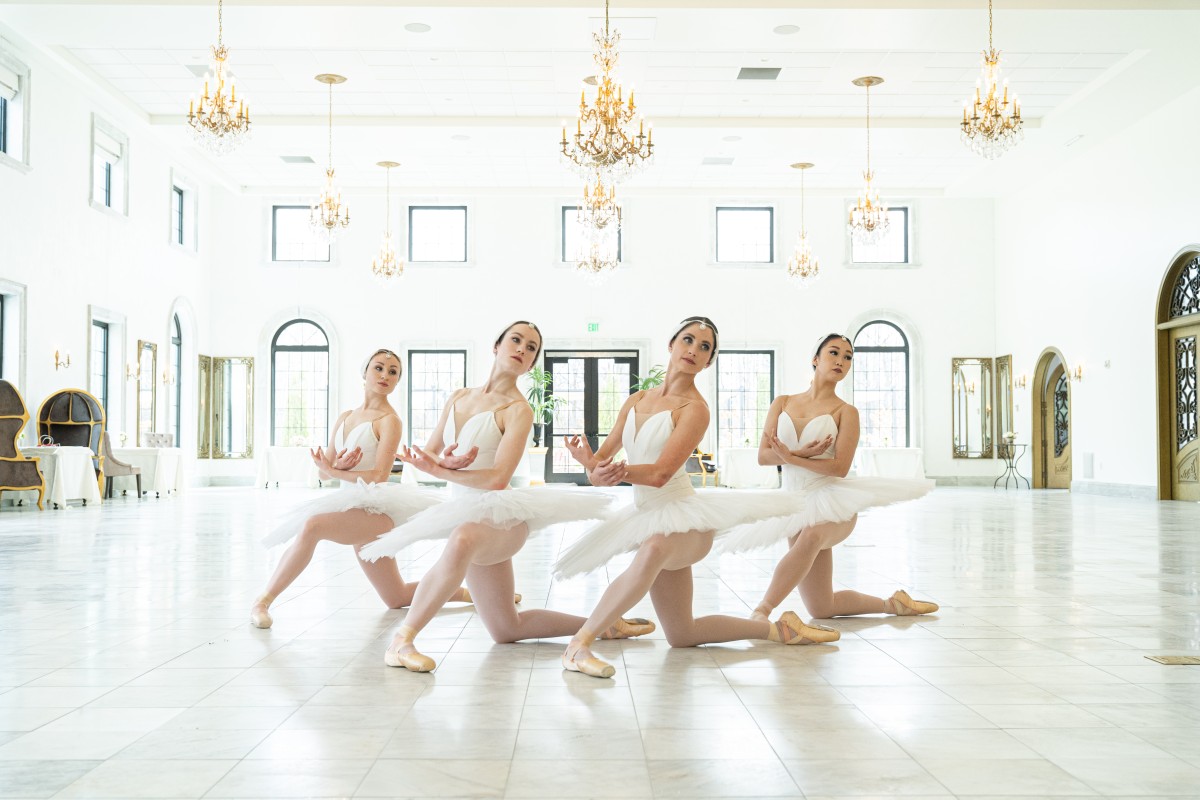
The signature shape of the swans’ arms in certain scenes is also iconic, with one arm up by the head, like a lifted wing, with the dancers typically peeking out with a very specific head placement. Mueller kept this position of the arms, but made it less timid and vulnerable, adding more of a direct gaze so that the swans have a more powerful stance.
“I spoke to all of the dancers in the corps de ballet about this change and it was really interesting to see what I perceived to be that feeling of power, in the way they heard what I was saying. Some got a little taller and there was a clear energy shift.”
Changes have also happened with the character of Baron von Rothbart.
Artistic Director Garrett Anderson was determined not to have another one-dimensional bad guy. In most versions of the ballet, it is accepted that von Rothbart is just plain evil, someone who captures women and turns them into swans by day and women by night. But why? Anderson wanted more.
“Part of the challenge with the conventions of classical ballet is you have these really weird stories, and for understandable reasons, they don’t bother to explain these characters or their motivations. There are all these scenes where the antagonist interacts with the prince and the Swan Queen and you have to make it all work in a convincing, three-dimensional way with a character that is never explained or given any sort of context. And I think there’s an opportunity for it to be really interesting. So with the back story that we dreamed up over the summer, looking at the mythology of these women who fly and where the swan maidens come from, we wanted to create more complexity in the power dynamic between the swans, Odette, and von Rothbart and say ‘why is he doing this?’”
Anderson created a backstory in the prologue where von Rothbart is married to his beloved wife, and she becomes gravely ill. She is isolated in a tower of their castle, slowly declining and becoming more feverish, delusional, and despondent. She begins looking out her tower window at the sky and sees swans flying. They are everything she isn’t- she’s confined, and the swans are strong and free. Von Rothbart similarly becomes obsessed with the swans, as he does everything he can to save her, and in his desperation, turns to dark magic. When she dies, his grief and obsession pivots to the swans as they become the object of his anger, grief, and power.
“Hopefully, you can watch Swan Lake and feel some of these emotions that will raise your own theories about these characters. And hopefully, it is complex enough, clear enough, and interesting enough that it doesn’t remain something to be watched from a distance- which is often the case with ballet- where you just rely on the fact that it’s beautiful. I want more than that.”
Come see this complex and powerful version of Ballet Idaho’s Swan Lake, May 4-7.
This article was provided courtesy of Ballet Idaho.

